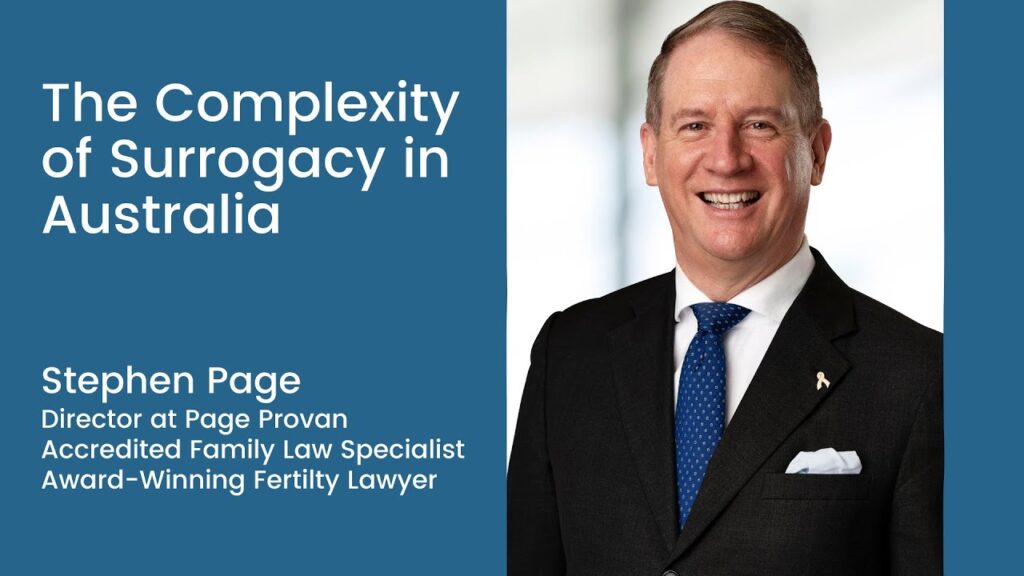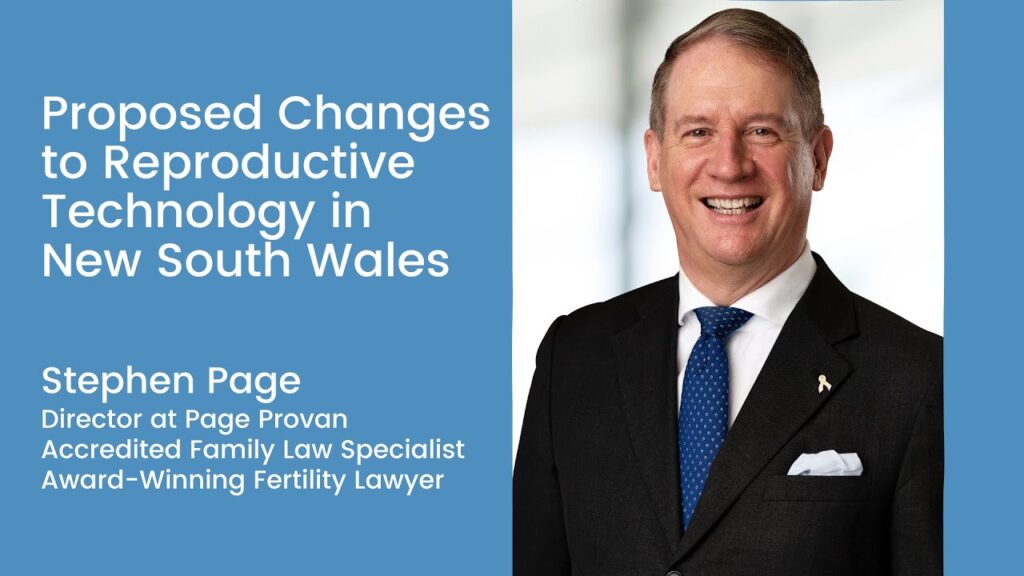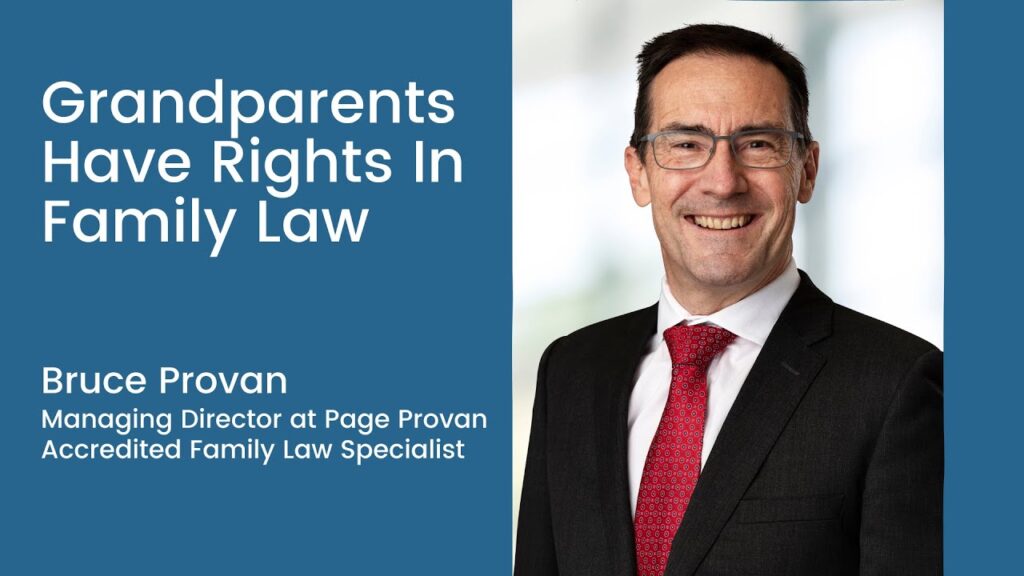Focus on transgender rights 6: discrimination not sex but marriage
In AB v Registrar of Births, Deaths and Marriages, AB was a post-operative, married male to female transgendered person who, after being refused a change to the gender on her birth certificate due to her being married (although separated), sought an order that the Victorian Act had discriminated against her in breach of the Commonwealth Sex Discrimination Act.
Her application was refused 2-1 by the Federal Court. The nubs of the cases were:
“AB contended that the prohibition against discrimination on the ground of marital status ……. gave effect to the Convention [for the Elimination of Discrimination Against Women] because: (1) the Convention was not solely concerned with discrimination against women on the basis of sex or with inequality between men and women; and (2) the Convention required parties to take appropriate measures to advance the status of women, and to reduce discrimination against them by eliminating practices reflecting stereotypical views. AB submitted that, if the Convention were only concerned with discrimination on the basis of sex, then there would be no need for arts 7 and 8 to specify that rights granted to women should be on equal terms with men. AB further submitted that arts 1, 2, 7 and 16 of the Convention imposed a secondary obligation, which was “to prohibit all forms of discrimination against women, which include[d] discrimination on the basis of marital status”. That is, according to AB, the Convention imposed an obligation to eliminate discrimination on the ground of marital status per se in so far as the act of discrimination affected a woman.
“AB argued that, by virtue of s 22 of the [Sex Discrimination Act], the Commonwealth Parliament had made a legislative judgment that there was an obligation under art 5 of the Convention to prohibit discrimination against women on the basis of marital status. This was because s 22 gave effect to art 5 by proscribing discrimination on the ground of marital status to “nip in the bud” prejudices against women. Further, so AB submitted, if the Registrar’s arguments were accepted, then many provisions of the SDA would protect only against “discrimination, or unequal treatment, of women on the grounds of sex”.
“The Registrar joined with AB in submitting that altering a birth registration could properly be regarded as a helpful activity and, therefore, a service for the purpose of s 22. Essentially, the Registrar’s submission was that a prohibition against married persons securing an alteration of their birth registration after gender reassignment surgery had nothing to do with remedying disadvantage against women. The prohibition reflected a decision taken by the Victorian Parliament concerning the institution of marriage. The criterion of marital status operated as a neutral criterion.
“The Registrar’s case was that s 22, when read with s 9(4) and (10), prohibited discrimination on the ground of marital status “if, and only if, the imposition of such a prohibition … (a) operated on the facts ‘in relation to discrimination against women’ as that phrase is defined in art 1 of … [the Convention]; and (b) would ‘give effect to’, in the sense of implementing Australia’s obligations under, [the Convention]”. According to this analysis, there were two critical questions: first, did the Registrar’s conduct in refusing to alter the record of AB’s sex involve discrimination against women? Secondly, would prohibiting the Registrar’s conduct give effect to the obligations that Australia assumed under the Convention? The Registrar argued that the first question should be answered in the negative because the applications of a married man and a married woman would both be refused. Further, the Registrar said that the second question should be answered in the negative also because the obligations that Australia assumed under the Convention were concerned only with discrimination against women as compared to men. The Registrar submitted that, aside from art 2, s 22 was incapable of giving effect to arts 1, 5, 6, 7, 8 or 16 because their subjects were “quite distinct from the provision of services of the kind under consideration in this appeal”. The appeal could only succeed, so the Registrar argued, if the Court held that s 22, when read with s 9(10), extended to “discrimination by the State of Victoria on the ground of any person’s marital status”. The Registrar submitted that there were no textual or contextual indicators that the Convention sought to prohibit discrimination on the ground of marital status per se. Thus, so the Registrar submitted, the Convention imposed obligations to eliminate discrimination between women on the basis of marital status only for the purpose of ensuring equality of women with men.
“The Registrar contended that s 22 imposed a legitimate and effective prohibition on the conduct of the Crown in right of the State where that conduct directly (on the basis of sex and pregnancy) or indirectly (on the basis of marital status or family responsibilities) treated a woman less favourably than a man would be treated in the same or similar circumstances. The Registrar further argued that the Commonwealth Parliament had made “express choices about what fields of activity it will regulate, which actors it will regulate and to what extent it will regulate those actors in the chosen fields of activity”.
“The Registrar submitted that the Commonwealth Parliament had not sought to implement the Convention’s obligations by enacting gender-neutral anti-discrimination legislation. This possibility was denied by s 9(4) and (10), which made it clear that s 22 operated only in relation to discrimination against women, as defined in art 1 of the Convention. The Registrar invited the Court to compare these application provisions with those in s 12 of the Disability Discrimination Act 1992 (Cth). The Registrar submitted that the expression “in relation to discrimination against women” in s 9(10) of the SDA was either a limitation or “a declaration by the Parliament of the subject matter and the scope of the Convention”.”
The court went on to say:
“The importance for persons like AB of recognizing their identity through the issue of a birth certificate cannot be underestimated. It is also important for the communities to which they belong. This is inherent in the statements by the European Court of Human Rights in Goodwin at [77] and [100] that:
“The stress and alienation arising from a discordance between the position in society assumed by a post-operative transsexual and the status imposed by law which refuses to recognise the change of gender cannot, in the Court’s view, be regarded as a minor inconvenience arising from a formality. A conflict between social reality and law arises which placed the transsexual in an anomalous position, in which he or she may experience feelings of vulnerability, humiliation and anxiety.”
…
“There have been major social changes in the institution of marriage since the adoption of the Convention as well as dramatic changes brought about by developments in medicine and science in the field of transsexuality. The Court has found … that a test of congruent biological factors can no longer be decisive in denying legal recognition to the change of gender of a post-operative transsexual. There are other important factors – the acceptance of the condition of gender identity disorder by the medical professions and health authorities …, the provision of treatment including surgery to assimilate the individual as closely as possible to the gender in which they perceive that they properly belong and the assumption by the transsexual of the social role of the assigned gender.
“This last-mentioned reference to the institution of marriage is apposite in the present context. The history of the Births, Deaths and Marriages Registration (Amendment) Bill 2004 (‘the Bill’) in Victoria shows that the State did not extend the benefit of the new legislation to married persons, because it was concerned to avoid conflict with the Commonwealth over the issue of “same sex” marriages, since at the Commonwealth level, the Government had opposed this possibility. The perceived difficulty would arise where, after a valid marriage, a party to the marriage sought recognition of a transsexual identity….
“The terms of ss 30A and 30C(3), as well as statements in the course of the second reading of the Bill, show that Pt 4A was deliberately limited to unmarried persons, in order to avoid conflict with the Commonwealth Government, which was then perceived as subscribing to a conception of the institution of marriage that would not allow for a married person to have a record of their sexual identity altered. Thus, Pt 4A enables the Registrar, upon application, to alter the sex in an unmarried post-operative transsexual person’s birth registration and issue a new birth certificate reflecting this alteration. The Registrar has no comparable power in the case of a married person, irrespective of whether the identity recognition sought is from a male-to-female or a female-to-male person. The adoption of marital status in Pt 4A as a criterion for eligibility is thus designed to serve a different purpose from the use of marital status as an indirect form of sex discrimination. In Pt 4A, the marital status criterion is intended to avoid colliding with a particular view of the institution of marriage….
“The fact that the prohibition in the State Act may, as in this case, prevent a married person, who has undergone sex affirmation surgery, from having her birth registration altered from male to female, does not affect th[e] conclusion. The State Act would operate in precisely the same way in the case of a married person who has undergone the surgery and seeks to have their birth registration altered from female to male. In this case, the criterion for discrimination is not sex, but marriage.”
Stephen Page, Harrington Family Lawyers, Brisbane spage@harringtonfamilylawyers.com 61(7) 3221 9544












